4.1: Polygons
( \newcommand{\kernel}{\mathrm{null}\,}\)
Lesson
Let's investigate polygons and their areas.
Exercise
Which one doesn't belong?
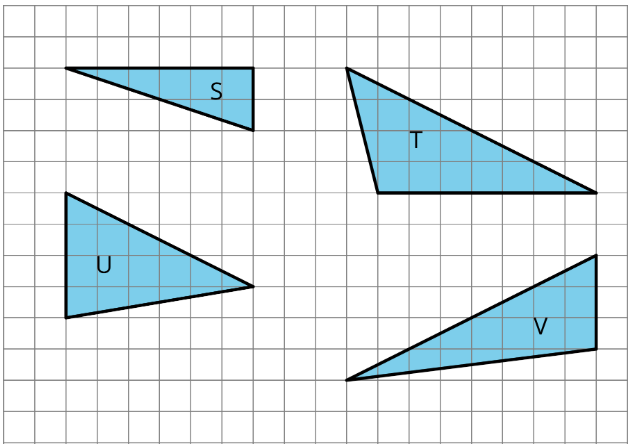
Exercise
Here are five polygons:

Here are six figures that are not polygons:

- Circle the figures that are polygons.
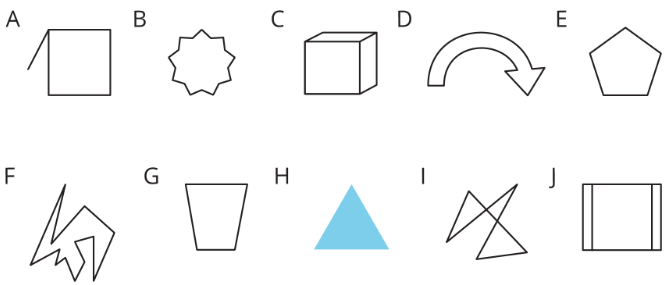
- What do the figures you circled have in common? What characteristics helped you decide whether a figure was a polygon?
Exercise
Find the area of two quadrilaterals of your choice. Show your reasoning.
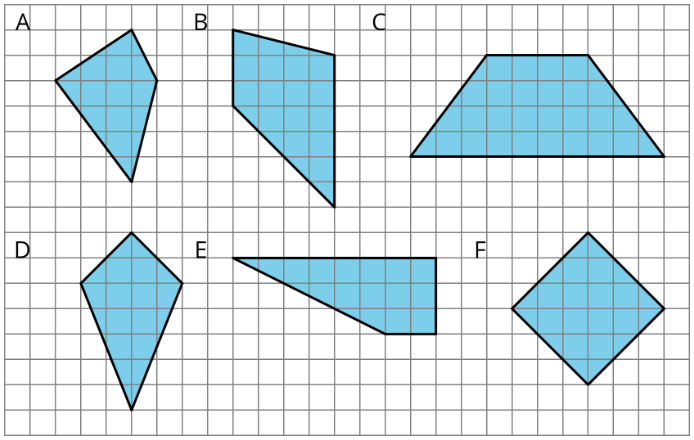
Are you ready for more?
Here is a trapezoid.
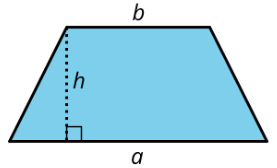
Apply area-reasoning strategies—decomposing, rearranging, duplicating, etc.—on the trapezoid so that you have one or more shapes with areas that you already know how to find. Use the shapes to help you write a formula for the area of a trapezoid. Show your reasoning.
Exercise
Find the area of the shaded region in square units. Show your reasoning.
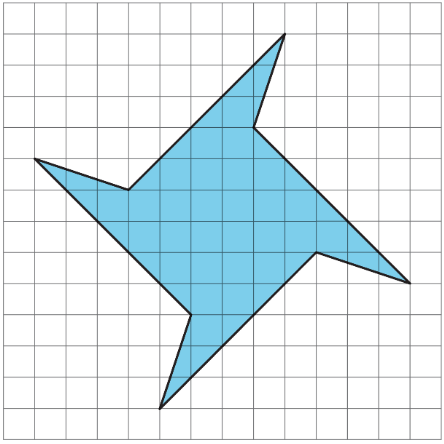
Summary
A polygon is a two-dimensional figure composed of straight line segments.
- Each end of a line segment connects to one other line segment. The point where two segments connect is a vertex. The plural of vertex is vertices.
- The segments are called the edges or sides of the polygon. The sides never cross each other. There are always an equal number of vertices and sides.
Here is a polygon with 5 sides. The vertices are labeled
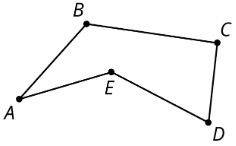
A polygon encloses a region. To find the area of a polygon is to find the area of the region inside it.
We can find the area of a polygon by decomposing the region inside it into triangles and rectangles.

The first two diagrams show the polygon decomposed into triangles and rectangles; the sum of their areas is the area of the polygon. The last diagram shows the polygon enclosed with a rectangle; subtracting the areas of the triangles from the area of the rectangle gives us the area of the polygon.
Glossary Entries
Definition: Polygon
A polygon is a closed, two-dimensional shape with straight sides that do not cross each other.
Figure

Practice
Exercise
Select all the polygons.
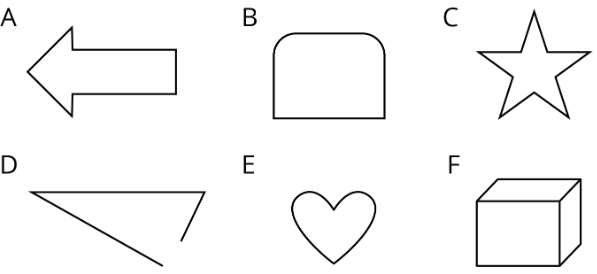
- A
- B
- C
- D
- E
- F
Exercise
Mark each vertex with a large dot. How many edges and vertices does this polygon have?
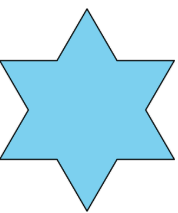
Exercise
Find the area of this trapezoid. Explain or show your strategy.
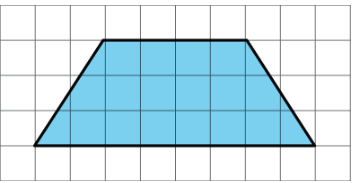
Exercise
Lin and Andre used different methods to find the area of a regular hexagon with 6-inch sides. Lin decomposed the hexagon into six identical, equilateral triangles. Andre decomposed the hexagon into a rectangle and two triangles.
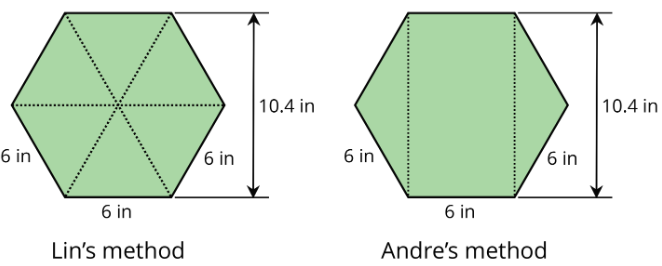
Find the area of the hexagon using each person’s method. Show your reasoning.
Exercise
- Identify a base and a corresponding height that can be used to find the area of this triangle. Label the base

- Find the area of the triangle. Show your reasoning.
(From Unit 1.3.3)
Exercise
On the grid, draw three different triangles with an area of 8 square units. Label the base and height of each triangle.
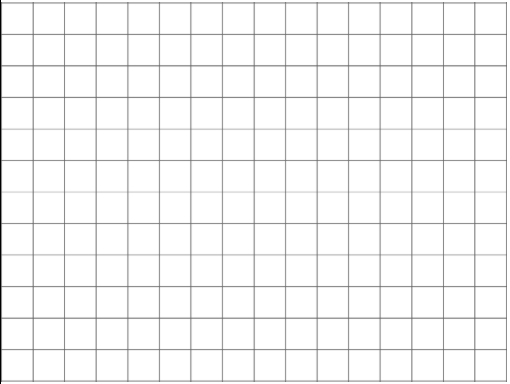
(From Unit 1.3.4)


